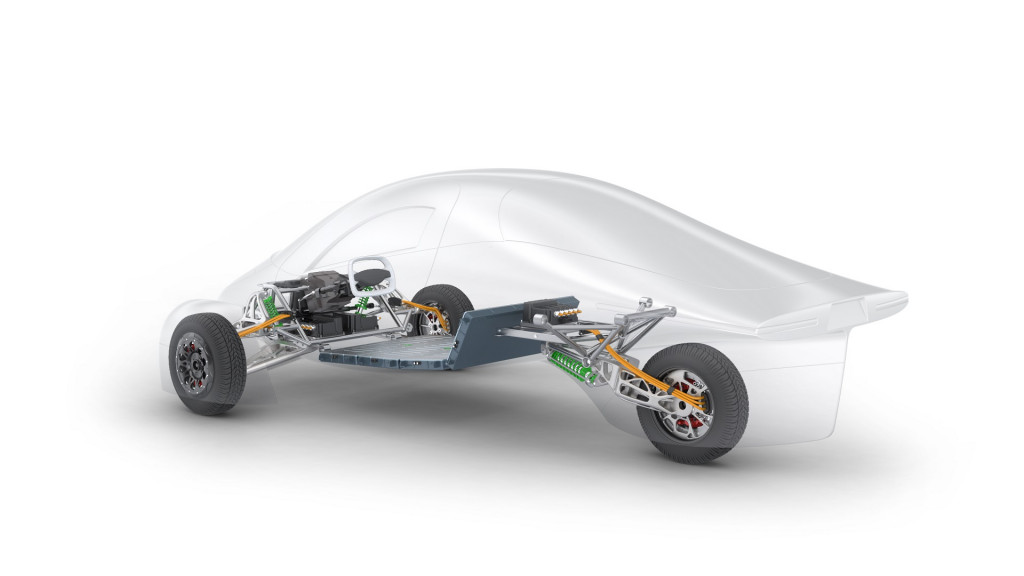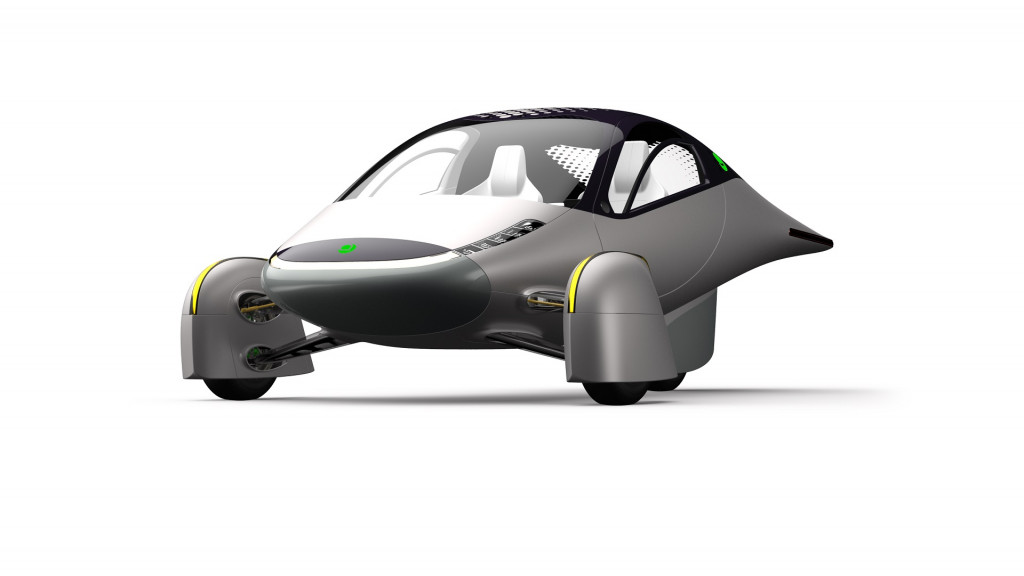Aptera Motors now claims its updated electric three-wheeler will be able to run entirely on solar power, with no charging required for daily use.
"Our built-in solar array keeps your battery pack topped off and anywhere you want to go, you just go," Aptera co-founder Chris Anthony said in a statement.
Specifically, Aptera claims its solar array—dubbed Never Charge—can harvest enough sunlight for 11,000 miles of driving per year, or 45 miles per day. That's thanks to 32.2 square feet of panels, with 180 individual solar cells, spread across the bodywork.
The solar hook isn't new. Earlier this year, during the early stages of the pandemic, a glut of oil, and cheap gas prices, Aptera said that its solar array should yield about 40 miles of range a day, and doubled down on selling points that pitched the solar-charged car as a way of breaking our oil dependence.

Design for new Aptera electric car, Aug 2019
Aptera also previously claimed its two-seat three-wheeler, which is likely to be classified as a motorcycle rather than a passenger car, could achieve 1,000 miles of range per charge, thanks to ultra-lightweight construction, a drag coefficient of just 0.13, and the solar array. Models with 250-mile, 400-mile, and 600-mile ranges are also listed.
Liquid-cooled electric motors will also propel the vehicle from 0-60 mph in 3.5 seconds, and on to a top speed of 110 mph, according to the company. Aptera plans to offer front-wheel drive and all-wheel drive variants.
Reservations for the Aptera three-wheeler opened December 4. A refundable $100 deposit reserves a Paradigm or Paradigm+ special edition, which will be the first models produced starting in 2021. Regular pricing starts at $25,900.

Design for new Aptera electric car, Aug 2019
This version is an evolution and revival of the model that Aptera hoped to build under the company's original existence from 2006 to 2011.
Aptera's first attempt to launch its three-wheeler failed after the company missed low-interest loans from the Department of Energy's Advanced Technology Vehicle Manufacturing Program. After Aptera collapsed into liquidation, three of the founders bought back the intellectual property, updated the vehicle, and launched a crowdfunding campaign to finance production.
Other companies are attempting to integrate solar cells with designs that look more like conventional cars. These include the Sono Motors Sion, a hatchback aimed primarily at Europe, and the Lightyear One, a Dutch effort designed by veterans of the World Solar Challenge.
